In Julia Cameron’s classic book on creativity The Artist’s Way, she recommends a tool called an “artist date,” which she describes as “a block of time…especially set aside and committed to nurturing your creative consciousness, your inner artist. In its primary form, the artist date is an excursion, a play date that you preplan and defend against all interlopers. You do not take anyone on this artist date but you and your inner artist, a.k.a. your creative child.” She calls it a process of “filling the well” that allows us to “feed [the well] images. Art is an artist-brain pursuit. The artist brain is our image brain…sight and sound, smell and taste, touch. These are the elements of magic, and magic is the elemental stuff of art.” For 13 years now, the Contemporary Istanbul art expo has been exhibiting modern art from galleries from around the world, allowing us İstanbullular to fill our creative wells with art from a myriad of artists and countries without leaving the city. Galleries from Turkey and from as far away as Chile and South Korea and everywhere between display their art at the Lütfi Kırdar Kongre ve Sergi Sarayı in Harbiye to show us a cornucopia of innovative and cutting edge art. For anyone who appreciates visual art, Contemporary Istanbul makes for an ideal artist date. Unlike many art expos and galleries, they do allow photography (unless the gallery stipulates otherwise for certain pieces), so I was able to share some of the art for this review.
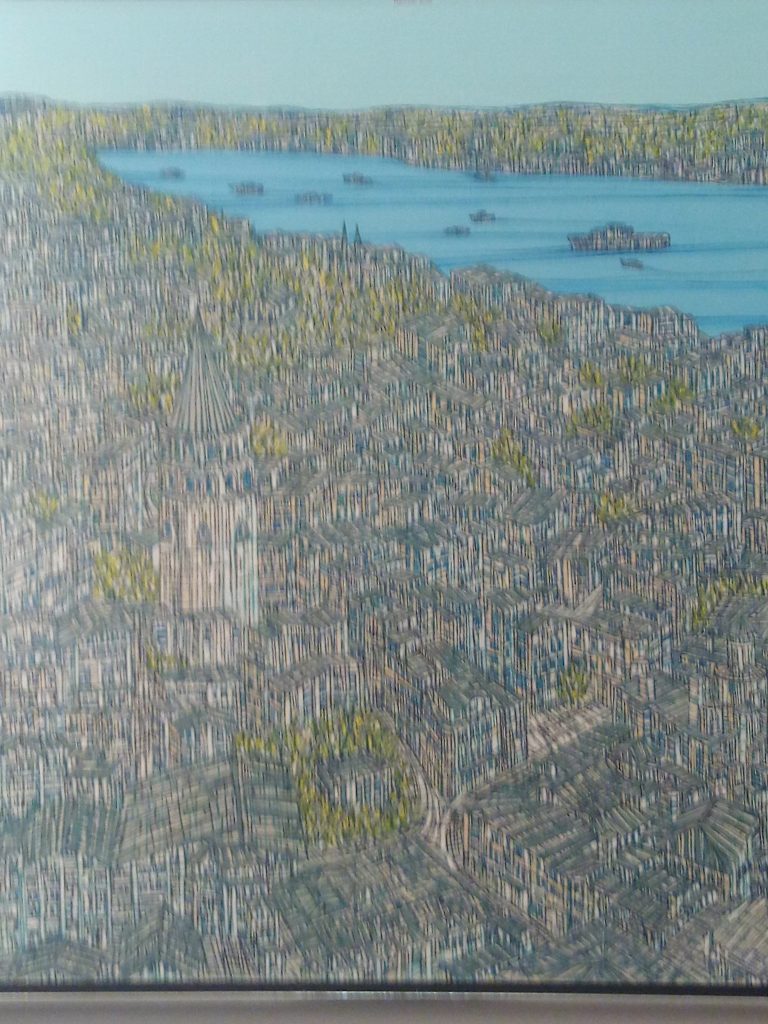
The first group of paintings that caught my eye were these architectural cityscapes by Turkish painter Devrim Erbil, whose work was exhibited by several Istanbul-based galleries (but mainly Olcay Art). I was struck by the exactitude of the lines demarcating mosques, skyscrapers, houses, and ferries. Erbil also demonstrated ingenuity with color, often only using one color in a painting, but in variegated shades of green, black, red, and blue to demonstrate the powerful impression that only subtle shifts in color can conjure in our mind’s eye.
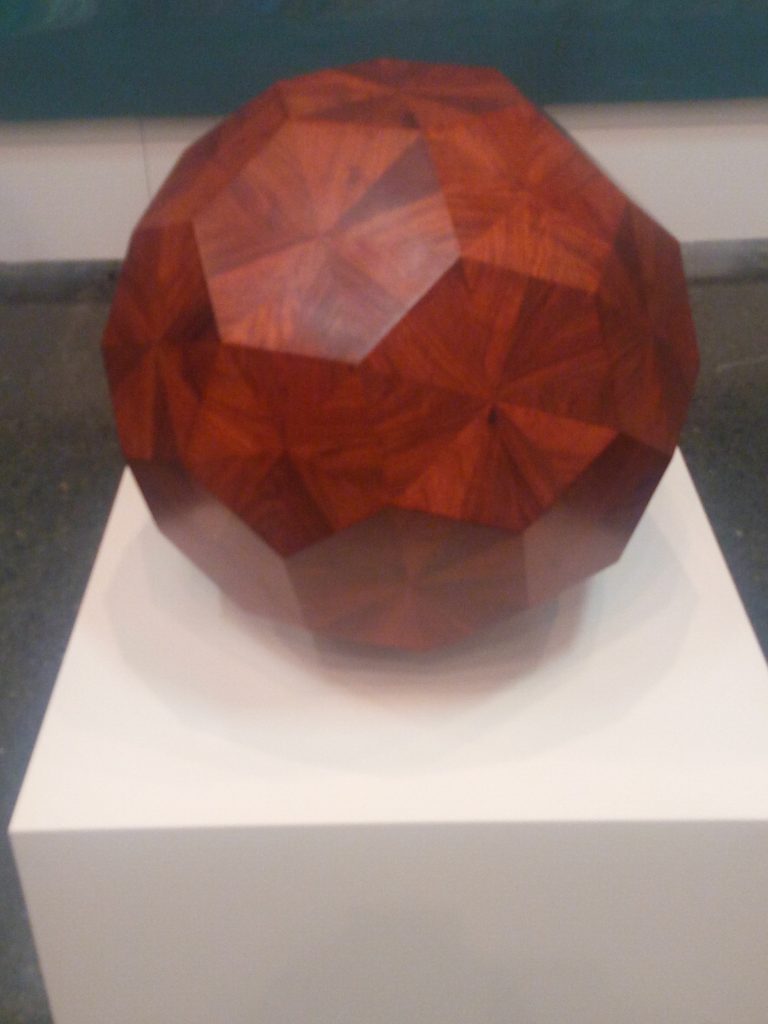
I was also happy to see these works by controversial Chinese artist Ai Weiwei (Galleria Continua, San Gimignano, Beijing, Les Moulins, and Havana), whose work has been repressed by the government of China on a variety of occasions. Weiwei’s art explores all different aspects of Chinese society, history, and creativity in a way that celebrates China’s robust artistic tradition without downplaying the arduous struggles of its people. The Chinese government may not appreciate his genius, but the international art community does and his message is far from lost.
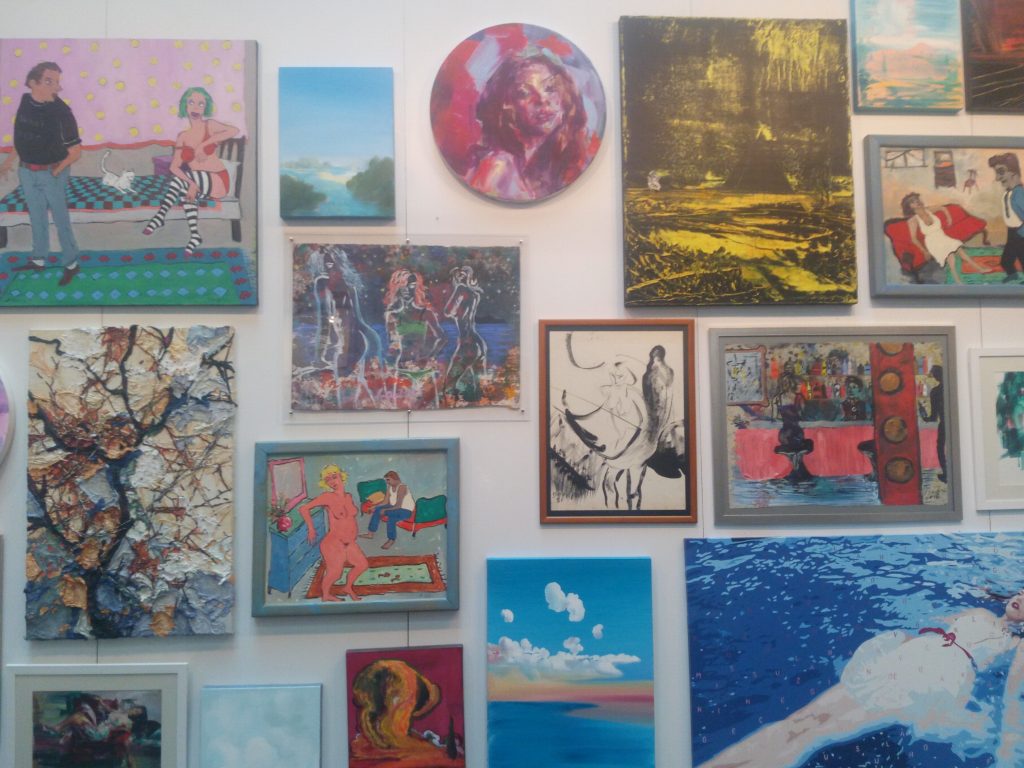
These works came from the Piramid Sanat Gallery in Taksim area, a gallery I have long admired. The works in this gallery range from abstract to portraits to pop art, but always manage to capture the senses and stir the emotions. The gallery has a history of supporting LGBT artists and not censoring away recalcitrance or explicitness. Simultaneously, the work also has a worth beyond shock value and reflects the genuine talent of the various artists.
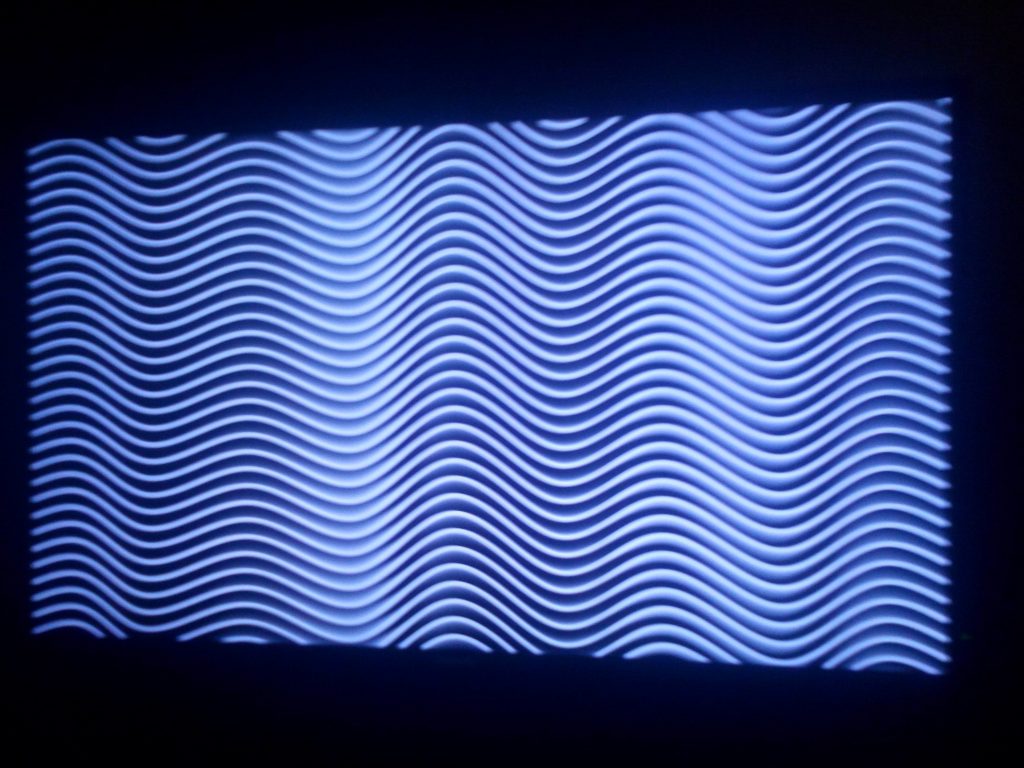
An entire section was devoted to the emerging field of digital art. The section was called Plug’n Istanbul and featured digital and interactive art installations from galleries across the globe. Many installations could be altered by human touch, allowing the viewer to manipulate digital light on the screen, proving Cameron’s assertion that art is “magic.” While I understand why many people scoff at digital art and don’t always enjoy it myself, the fact is everything in our world is changing with technology and the art world must accommodate and embrace these changes. Tradition is often overrated and art has infinite potential. Allowing for digital mediums doesn’t diminish this potential, it celebrates it.
Other highlight was South Korean abstract painter Buyong Hwang’s oil on canvas series “The Dancers” from Gallery Korea in Seoul, which were powerfully reminiscent of Joan Miro.
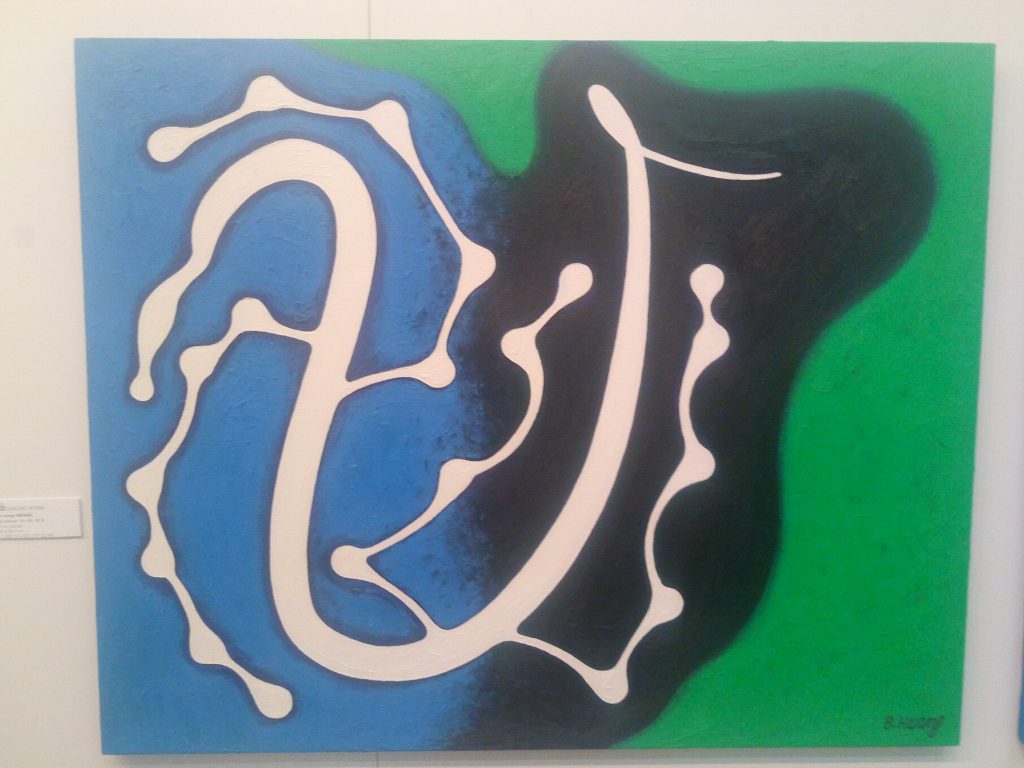
I also had the pleasure to meet Paris-based Greek artist Esmeralda Kosmatopoulos (Galerie Dix9, Paris). Her series Libro d’Oro (“guest book” in Italian) was inspired by graffiti left by inmates incarcerated in an 18th century Italian prison. She also commented that the influx of Syrian refugees into Europe and the racism they encountered there was another source of inspiration for her work. Through use of obscure symbolism, fragmented photography, and light fixtures with messages including “I cannot remember the sound of your voice,” Kosmatopoulos explores the trauma of societal oppression and the ways such adversity can transcend into creativity.
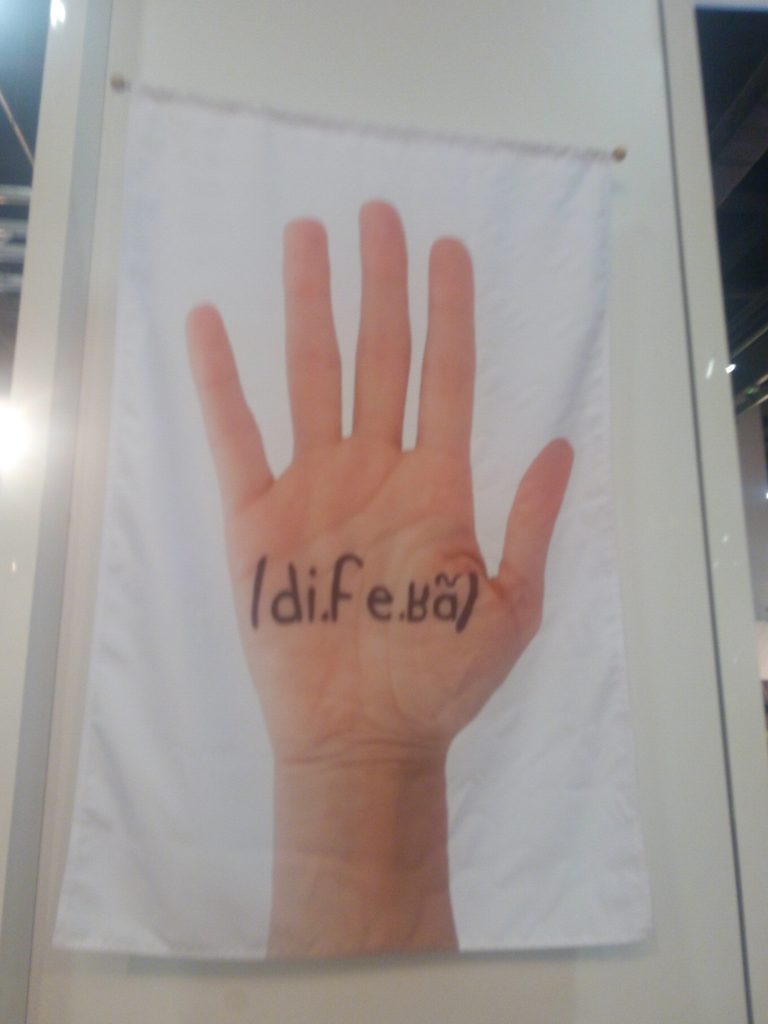
This piece by Fırat Engin (Galeri Siyah Beyaz, Ankara) was a powerful and psychological combination of light fixture and photography.
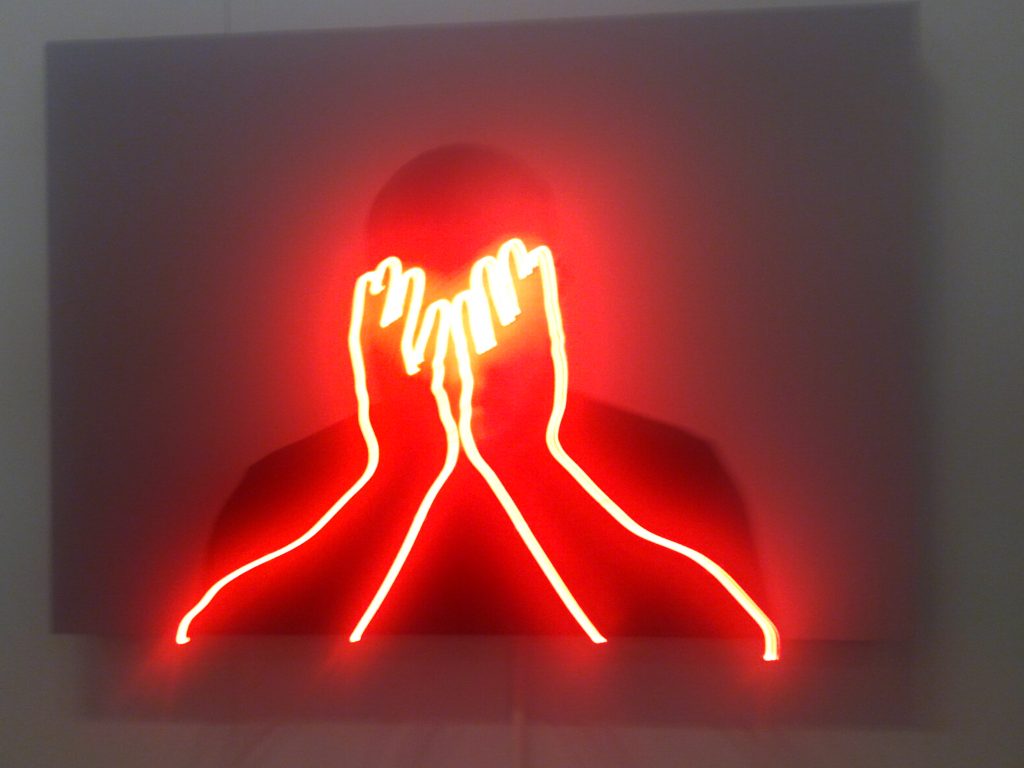
Through a myriad of mediums, techniques, and perspectives, Contemporary Istanbul continues to reveal new ways of pushing the boundaries of creativity. As these innovations are exposed to the public, our wells begin to overflow, and creativity breeds creativity.
Images courtesy of the author.









